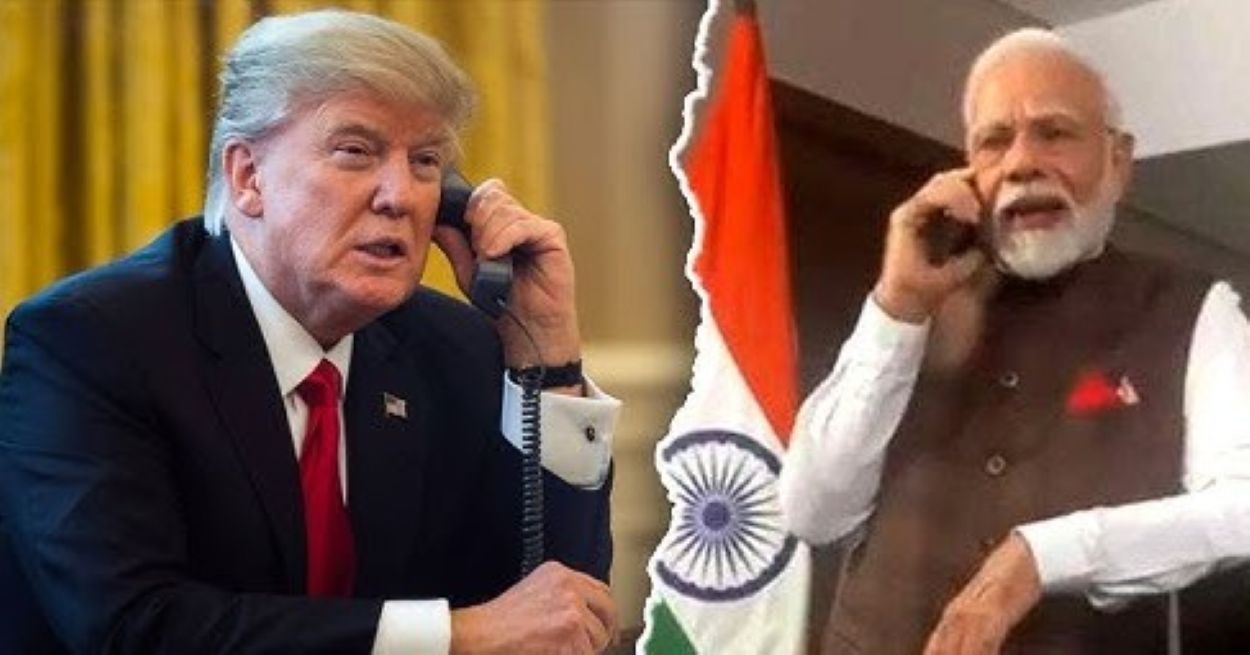These US tariffs on India pose risks to thousands of small exporters and jobs nationwide. Areas like Prime Minister Narendra Modi’s home state of Gujarat could feel the strain.
An official from India’s Commerce Ministry, speaking anonymously, noted that affected exporters will get financial aid. They will also be encouraged to shift their focus to markets such as China, Latin America, and the Middle East.
Exporter groups predict the hikes could impact about 55% of India’s $87 billion in goods exports to the US. This might boost competitors such as Vietnam, Bangladesh, and China. In the long term, it could harm India’s role as a manufacturing alternative to China for products such as smartphones and electronics.
US Customs and Border Protection has issued guidance for shippers. Goods from India loaded on vessels and en route before the deadline get a three-week grace period. They can enter at the old lower rates until 12:01 a.m. EDT on September 17, 2025.
US enforces 50% tariff on Indian goods, with DHS confirming an additional 25% levy from today.
GTRI says two-thirds of exports hit, risking a 43% drop in shipments to the US and severe impact on labour-intensive sectors.@shreyanandi15 #TrumpTariff #IndiaUSTrade… pic.twitter.com/A4oPJi461G
— Business Standard (@bsindia) August 27, 2025Certain items are exempt, including steel, aluminium, and derivatives, as well as passenger vehicles, copper, and others under Section 232 national security tariffs. In comparison, India’s average tariff on US imports stands at about 7.5%. However, the US points out higher rates, such as up to 100% on autos and an average of 39% on farm goods.
As the deadline neared, US officials showed no signs of backing down. White House trade adviser Peter Navarro confirmed the tariffs would proceed as planned, offering no more details. This follows five failed negotiation rounds. Indian officials had hoped for a 15% cap, similar to those in deals with Japan, South Korea, and the EU. Blame falls on political missteps and miscommunications between the world’s largest and fifth-largest economies.
US President Donald Trump's doubling of tariffs on goods from India to as much as 50% took effect as scheduled on Wednesday, escalating tensions between the world's two largest democracies and strategic partners. More here: https://t.co/ql45bkAoQZ
— Reuters Business (@ReutersBiz) August 27, 2025Two-way goods trade reached $129 billion in 2024, accompanied by a $45.8 billion US deficit, according to US Census Bureau data.
The tariff dispute raises concerns about the overall US-India partnership. Both nations are key security allies, sharing worries about China. Yet, recent statements from the US State Department and India’s Ministry of External Affairs highlight ongoing cooperation. Senior officials met virtually on August 26, 2025, to strengthen ties. They also recommitted to the Quad alliance with Australia and Japan.






